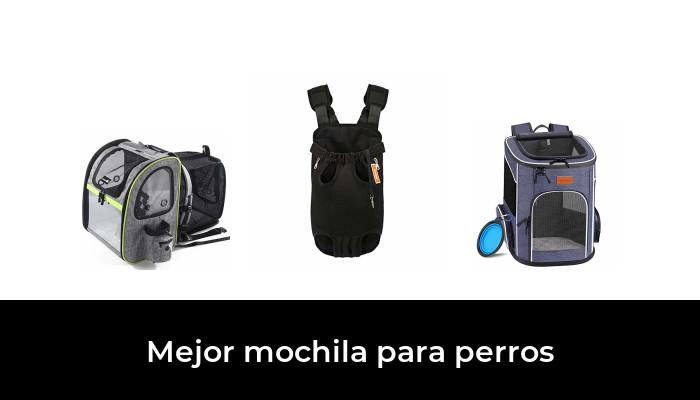La Candelaria, colonial essence in the most authentic Bogotá
Bogotá, the capital of Colombia, was born in La Candelaria.The origin of this neighborhood full of charm dates back to colonial times and today is an enjoyment for the senses to wander between museums, restaurants and shops that connect the past, present and creative avant -garde.La Candelaria is the Bogotá stopped in time, with art everywhere, in its historical buildings and also in its museums.Its steep streets - some cobbled, other paved -, with names as evocative as alone, fatigue or silence, are flanked by houses with balconies by which some of the most important historical characters in Colombia peeked out.Here the most representative buildings and some old facades hide more or less refined local buildings, which live with craft vendors in the corners.
Only once the Candelaria willFelipe.But that is another Bogotá.
Monserrate, the city from above
Before entering La Candelaria it is advisable to leave the neighborhood for a while and get on funicular to the Cerro de Monserrate.And better if it is early.From up there, at 3,152 meters of altitude, a good part of the city is contemplated, in full nature reserve.The eastern hills - one of the three mountain ranges that Colombia are going through - are crowned by the Church of Monserrate, a white temple built in 1650 to worship the Virgin known as the Moreneta, which gave name to a monastery later turned into a church.The size that is currently brought from Spain at the beginning of the 20th century, since the original disappeared in a reform.
To Monserrate also climbs on foot or running, something that hundreds of athletes who train daily facing the 1,605 stone steps (with some sections to rest) that lead to the top. Seeing sunrise while breathing pure and fresh air of the mountain is already a privilege. But there are those who go up walking because they have made a promise to the Virgin. Much more comfortable, without a doubt, is the funicular (Monday to Saturday, from 6.30 to 11.45; Sundays from 5.30 to 18.00). Its inauguration in 1929 was a social event in the city. Although in 1964 the wagons were modernized and in 2003 they redesigned and made more comfortable, still has a huge charm. The cable car is another option (Monday to Saturday, from 12.00 to 22.00; Sunday, from 5.30 to 18.00). It was finished building in 1955 and allows you to take advantage of the imposing view that is available from its windows. In just four minutes of travel you reach the cusp of the hill, where there are positions of memories and natural juices, small restaurants and public bathrooms. The sunset is also spectacular.
Bolívar Square, the heart of Bogotá
With almost 14,000 square meters, this gigantic space competes for being one of the largest places in the American continent.What is no doubt is that it is the most extensive esplanade of Bogotá, but also the most representative, surrounded by buildings such as the Cathedral and the National Capitol.In its day, the Plaza de Bolívar was called Plaza Mayor, and after the Constitution, until it reached its current name, chaired by a statue of the Liberator Simón Bolívar (1783-1830).
Until 1847 it was simply a market place surrounded by colonial houses.In fact, the chapel of the Tabernacle, adjacent to the cathedral, still retains the seventeenth -century architectural style.At the time he had a wooden pillory in the center where the punishments decreed by the colonial authorities were executed.It was then replaced by a source that was known as the pile monkey and that makes the Bogota continue to say: "Go complain to the pile monkey!"
Among the facades that flank the square stands out that of the Primada Cathedral of Colombia.The same day that Bogotá was founded on August 6, 1538, the Spanish religious Fray Domingo de las Casas (1474-1566), defender of the rights of the indigenous people, gave in this place the first official mass under a hut covered withstraw.The current temple was built at the beginning of the fourteenth century and is a national monument.Right next to the cathedral is the Archbishop Palace, also known as the Cardinal Palace and headquarters of the Archdiocese of Bogotá.In another corner of the square, we find the oldest education institution in the city, the Colegio Mayor de San Bartolomé, founded by the Jesuits in 1604 and that has been operating since then without interruption.
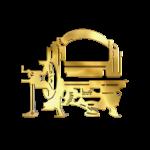
Without leaving the enclosure we would still look at the so -called Floor House, which is currently occupied by the Museum of Independence.Inside, among others, a fortuitous event that triggered the revolt against the Spaniards and ignited the wick of independence is recreated: the episode is remembered as Llorente's vase, because the Spanish merchant José González Llorente refused to lend a vaseTo the Creoles, which unleashed the wrath of the town.
And much remains to be seen without leaving this place: the National Capitol of Colombia, headquarters of the Congress of the Republic, of neoclassical style, the Palace of Justice and the Liévano Palace, headquarters of the City Council of Bogotá, also in the French Neorrena Central style.In this building, the first shopping center in the city was built in 1842, the galleries roughly, but were destroyed in a fire in 1900 and replaced the palace.
Crafts in the Rivas Passage
Not far from the Plaza de Bolívar we find an essential reference for Bogota and walkers: the Rivas passage, which for more than a hundred years is the perfect place to find crafts, crafts and carpentry objects.This cultural jewel of the city was ordered to build in 1893 by Luis G. Rivas, an illustrious character of the cultural scene of that time that wanted Bogotá to have a Parisian -style shopping center.The passage is reached by the southern side of the Liévano Palace (the Divorce Street) and in it there are products of all kinds: from chairs and tables to mud piggy banks, backpacks and baskets, wells, vessels, design elements or flowers.You can simply curly or take advantage to buy a very Colombian memory.
Art, sources and culture in the Quevedo jet
A stop full of charm on the walk through the neighborhood is the Chorro de Quevedo, a small square that was the place where it established its military garrison Gonzalo Jiménez de Quesada (1509-1579) before founding Bogotá in that same place on 6August 1538. Prior to that historical moment was the place from where the Zipa, governor of the Muiscas indigenous people, looked at the landscapes of the savannah.Hence the symbolism of a square that owes his name to Father Quevedo, who installed a public water source in 1832 to which the Bogota came.The source that is seen today is a recreation of the original.The hermitage of San Miguel de Príncipe, in the same place, was built in 1969.
Very close to there, several scenic spaces show the artistic and creative environment of the city, such as the La Candelaria Theater, which is not a simple scenario, but a place of research and theatrical discussion, installed in an old house.Or the free theater in Bogotá, in a striking house that houses a school training school.Very close is also the Colón Theater, founded just in the fourth centenary of the discovery of America, in 1892. The project was commissioned to an Italian architect and has some especially attractive and symbolic spaces, such as the lobby.This was the scenario chosen for the signing of La Paz between the government of President Juan Manuel Santos and the FARC guerrillas in 2016.
More modern is the Odeón space, which more than 40 years ago was the Odeón Theater, one of the most popular movie theaters for Bogota.Then it became the headquarters of the Popular Theater in Bogotá and since 2011 it is a scenario that offers all kinds of cultural activities.
But the most modern building is the Gabriel García Márquez Cultural Center, designed by the most important architect that Colombia has given, Rogelio Salmona.He was born with the purpose of integrating Mexican culture into the Colombian and today presumes a varied cultural offer, with two essential stops: the bookstore of the Economic Culture Fund and a coffee in the place of Juan Valdez, on the first floor.
THE CULTURAL APPLE OF THE BANK OF THE REPUBLIC
Three of the most important museums in the city are distributed in the same and central apple, which occupies the building of the Bank of the Republic, designed by the architect Enrique Triana, National Architecture Award for this project.Under its walls are the Botero Museum, Modern Art Miguel Urrutia-Mamu and the Casa de la Moneda Museum.In all three the entrance is free and there is art for all tastes.Since 1957, the Bank of the Republic began buying works of art and today the collection as a whole has more than 6,000 pieces.
The Museum dedicated to Fernando Botero (the most famous plastic artist in Colombia) is not dedicated both to his production and his fabulous catalog of works by other colleagues by profession.Because Botero, in addition to a great creator, is an enthusiastic collector.Thus, the exhibition exposes part of his collection, with works by Picasso, Renoir, Monet, Dalí or Giacometti, who live here with more than a hundred pieces of Botero himself.
The second of the museums, the Mamu, houses an important representation of Colombian art and Latin America.There are temporary exhibition rooms and a permanent collection, and on its first floor there is a space called the parking lot, dedicated to artistic experimentation and exposures of emerging creators, in the form of facilities, performances and video art.
And, finally, the Casa de la Moneda Museum: in this same place the first Casa de la Moneda de la Nueva Granada was founded in the seventeenth century, where the first gold coins were also produced.The inner courtyard dates back to viceregal times.
In the same block we also find one of the most unique buildings in Bogotá: the Luis Ángel Arango Library, one of the largest in Latin America, with 45,000 square meters and more than two million books, a place that the Bogotaproud.Initially the books were kept in the Bank of the Republic, but with the successive donations over the years a new headquarters became necessary.The current one was inaugurated in 1958. The services of the library are completed with a large concert hall, others dedicated to exhibitions and 11 spaces for reading, which occupy an entire apple.
Basic dictionary to eat in La Candelaria
Before considering a gastronomic route through Candelaria it is good to know that in Colombia you usually eat no less than five times a day: breakfast, the mid approximately 16 hours) and food, as they call dinner in Bogotá. Bogota cuisine is usually heavy, and more recommended at noon than for the night. Empanadas and ajiaco, two basic dishes are essential. The latter responds to a soup made with potatoes, pastusa and Creole that usually includes chicken, avocado, capers, milk cream and corn. And arriving at desserts, it is essential to know that if they tell you about the dessert of Natas they refer to a dulce de leche of colonial tradition. There are many other dishes for which we will also need a previous description: the chuchuco with spine, the picket, the changua, the Tamal Santafereño ... another important concept: throughout the city we will find corriezos, which are menus of the day at a low price, especially close close of the office centers.
One of the most typical places of La Candelaria to take something is the false door, a small two -story store on 11th Street, on the north side of the cathedral.It remains intact after more than two centuries of history and preserves the original Bogota recipes: from the tamal to the Santa Confereius chocolate;From the Changua to the collations.And, of course, panela water, a drink that is consumed cold and as an alternative to coffee.
The Candelaria is full of coffees and restaurants, some perfect for a high on the road more or less fast.For example, prudence, with a large kitchen dining room with a wood oven and, in the background, a garden where you can also eat.Or the mother pizzeria, in what seems like a commercial gallery of premises with a warm atmosphere and rustic appearance.For coffee and a good dessert, you can stop at the Française Patisserie.
Among the Bogota classics is the old house, a pioneer of local gastronomy and where typical dishes such as ajiaco are tasted.Although it may be the Rosita Restaurant, in the magical Plaza del Chorro de Quevedo, which is reputed to offer the best Ajiaco in Bogotá, although it is not a very stylish place.Another option for those who prefer the Street Food is to look at the Plaza de la Concordia, perfect for breakfast and lunch, with umbrellas and outdoor tables.A good ajiaco can be very economical but there are also corriezos that will solve the ballot.
Find inspiration for your next trips on our Facebook and Twitter and Instragram or subscribe here to the Newsletter of The Traveler.


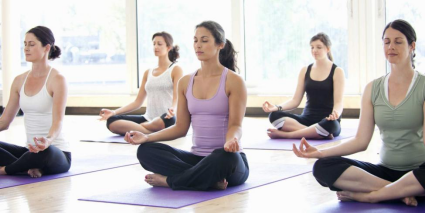
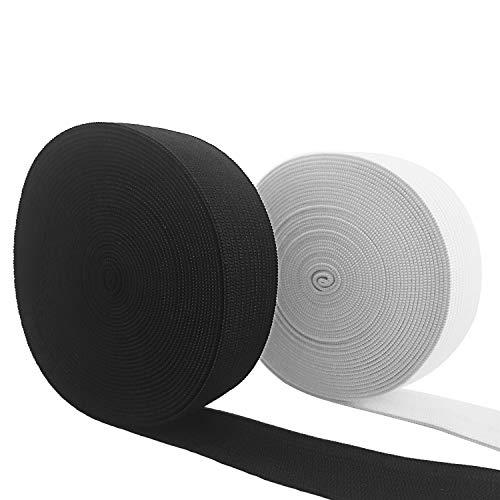
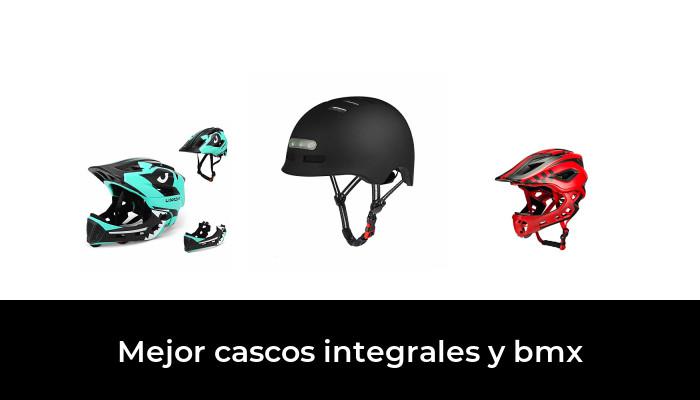


![47 best antiage nutritive cream in 2022 [based on 326 reviews] 47 best antiage nutritive cream in 2022 [based on 326 reviews]](https://website-google-hk.oss-cn-hongkong.aliyuncs.com/drawing/article_results_6/2022/2/27/1918fc37c66ad30564173e69d9df88a0.jpeg)
